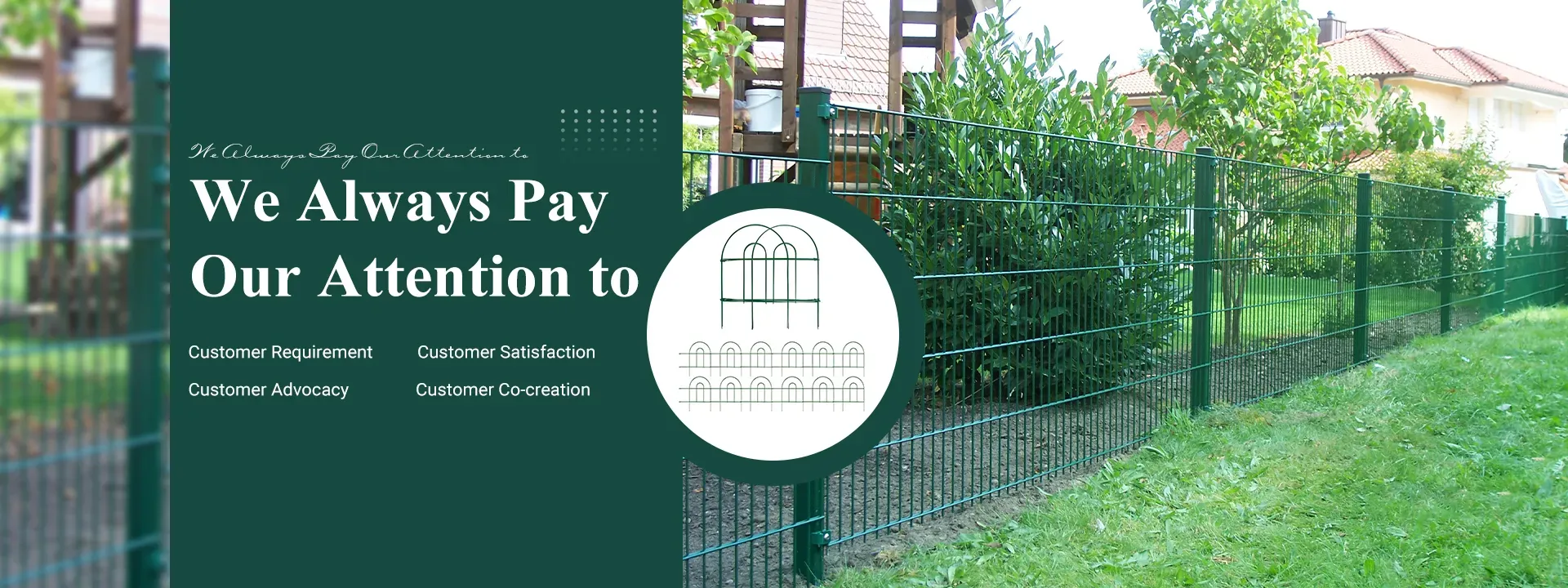Heavy Duty Plant Supports Optimizing Your Garden and Landscape
In the world of gardening and landscaping, heavy-duty plant supports play a crucial role in ensuring that your plants thrive. With the right supports, plants can grow more robustly, produce a larger yield, and maintain their structure despite adverse weather conditions. This article explores the importance of heavy-duty plant supports, their various types, and how to choose the best option for your needs.
Understanding the Importance of Plant Supports
Heavy-duty plant supports are essential for a variety of reasons. First and foremost, they provide stability to tall or top-heavy plants that might otherwise succumb to wind, rain, or their own weight. Support structures help to keep plants upright, preventing them from sprawling on the ground, which can lead to disease and pest infestations.
Moreover, using sturdy supports can enhance air circulation around plants, allowing sunlight to reach more areas of the foliage. This promotes healthier growth and can increase flower and fruit production. Additionally, well-supported plants are easier to manage in terms of pruning and harvesting, making them a preferred choice for both amateur and professional gardeners.
Types of Heavy-Duty Plant Supports
When it comes to heavy-duty plant supports, gardeners have several options to choose from. Here are some of the most common types
1. Stakes Simple yet effective, stakes are often made of metal or treated wood. They are ideal for individual plants like tomatoes or peppers that need direct support. When using stakes, it’s essential to place them early in the growing season to avoid damaging roots later on.
2. Cages Plant cages provide more comprehensive support for plants that tend to spread wide, such as tomatoes or beans. They are commonly made from wire and can be purchased in various sizes. Heavy-duty cages are particularly effective for plants that require more stability as they grow.
3. Trellises Trellises are excellent for climbing plants such as cucumbers, peas, or climbing roses. They provide vertical space for plants to grow, maximizing the available garden area. Heavy-duty trellises can withstand the weight of mature plants and are often constructed from metal or sturdy wood.
heavy duty plant supports

4. Arches and Arbors For those looking to add architectural interest to their gardens, heavy-duty arches and arbors are a beautiful option. These structures not only offer support to climbing plants but also create stunning visual focal points in the landscape.
5. Hoops and Netting Heavy-duty plant support hoops combined with netting can be particularly useful for supporting row crops or delicate plants susceptible to falling. This method is often used for crops that need protection from pests while still allowing them room to grow upright.
Choosing the Right Support
When selecting heavy-duty plant supports, consider the following factors
- Plant Type Different plants require different levels of support. Make sure you choose a support system that matches the growth habits of your plants.
- Material Look for materials that can withstand the elements. Heavy-duty supports made from stainless steel, galvanized metal, or treated wood are ideal for longevity.
- Height and Size Ensure the support is tall enough for your plants at their full growth potential. It’s also important to choose a width that accommodates plant spread without overcrowding.
- Aesthetics If design is important to you, opt for supports that complement your garden's overall look. Decorative options are available that balance functionality with visual appeal.
Conclusion
Heavy-duty plant supports are an indispensable tool for achieving a healthy and productive garden. By choosing the right type of support for your plants, you can help them grow strong, reduce the risk of damage, and enhance your garden's beauty. With a little planning and the proper equipment, you can create a thriving landscape that showcases your gardening skills and provides nourishment for years to come.
















